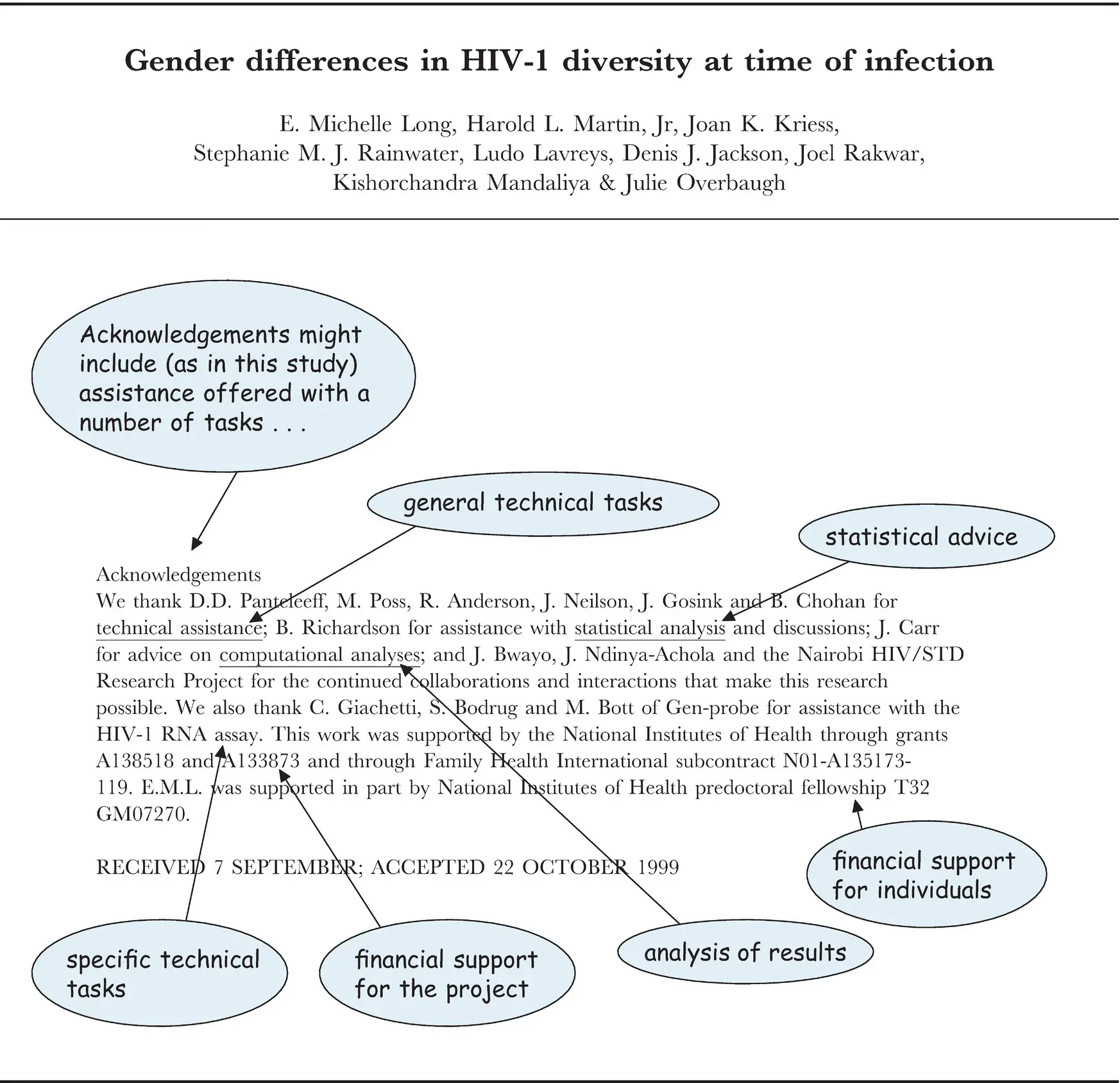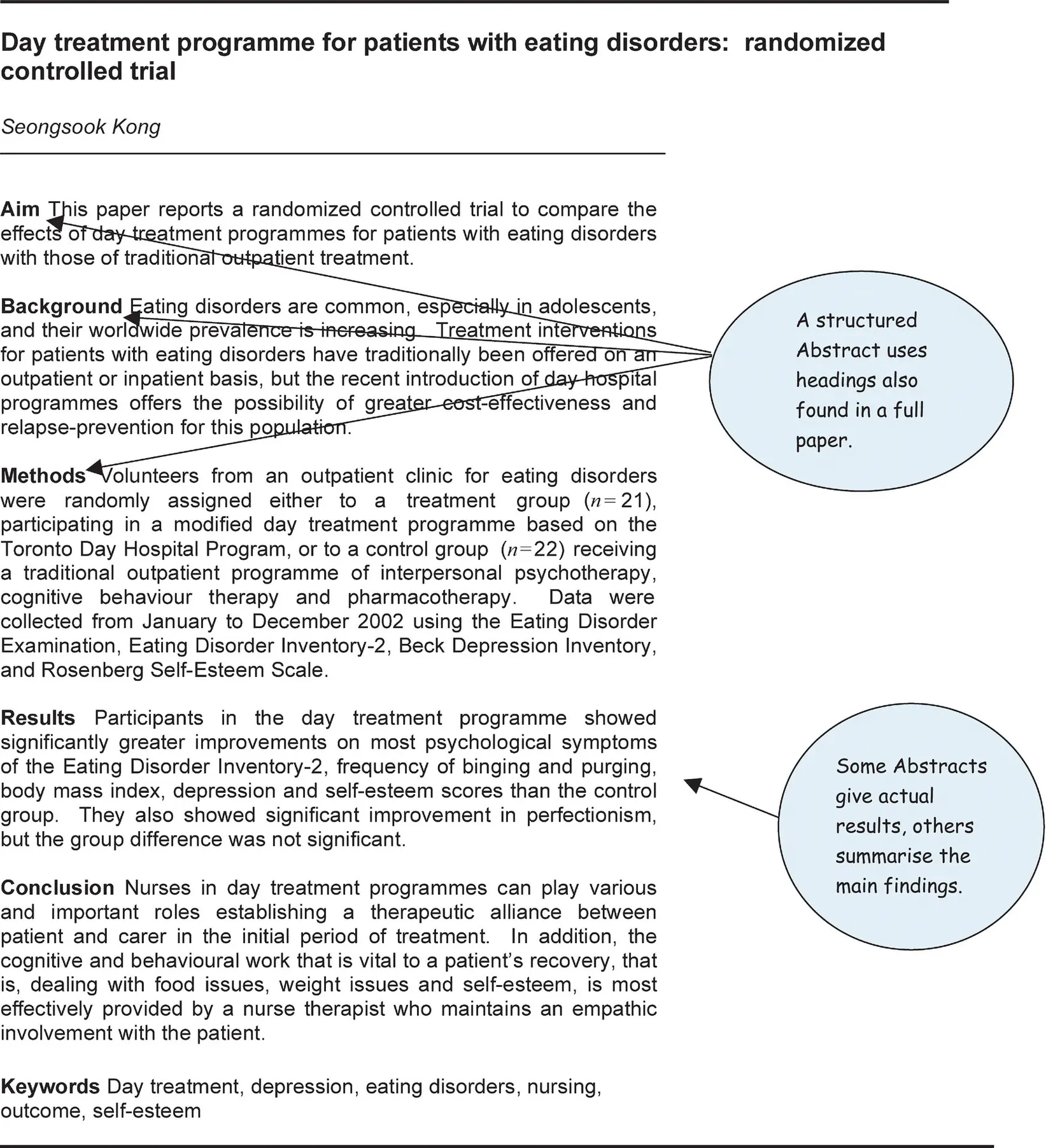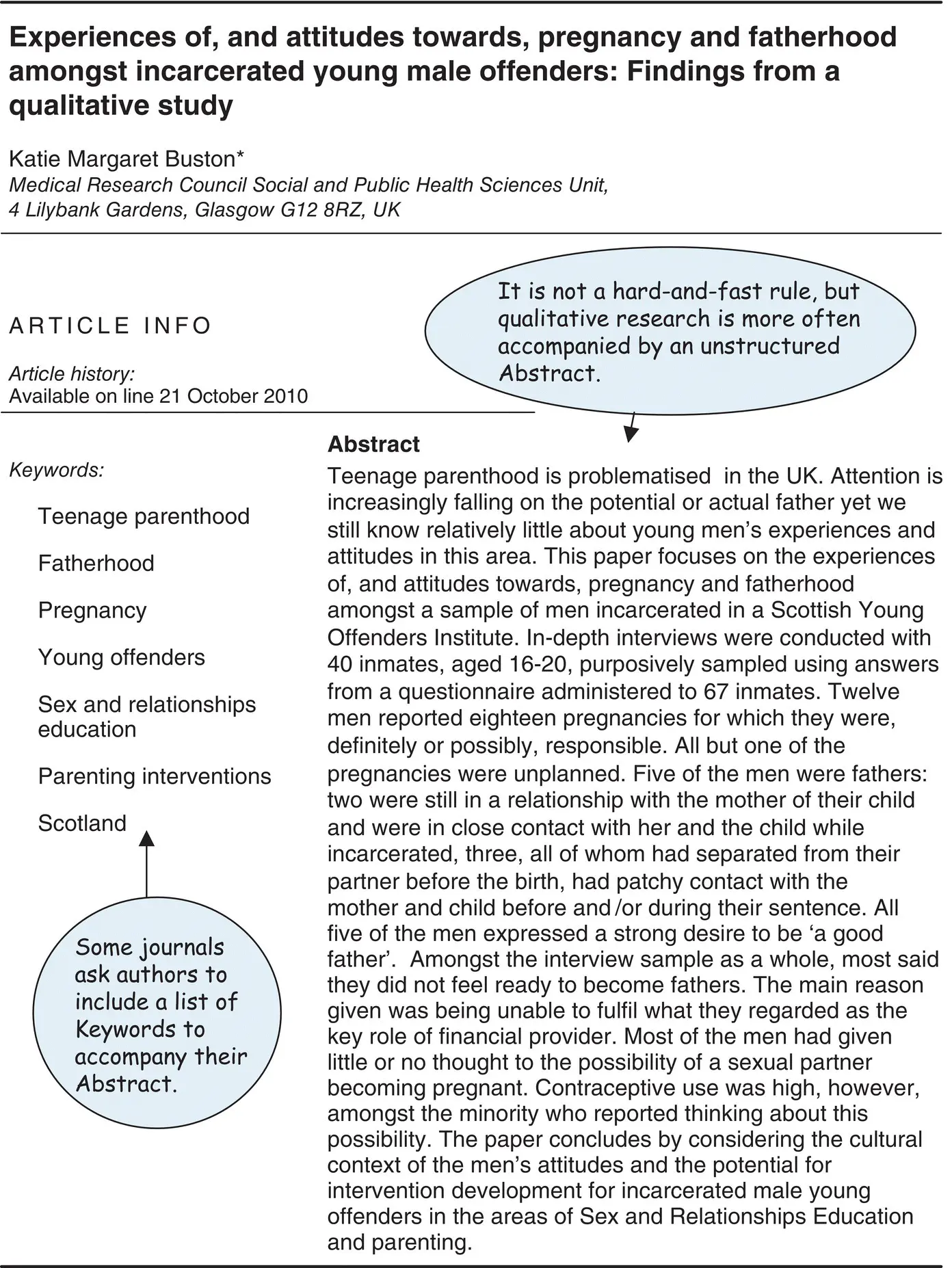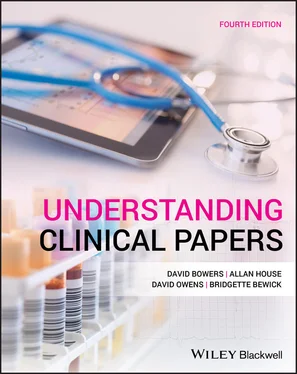David Bowers - Understanding Clinical Papers
Здесь есть возможность читать онлайн «David Bowers - Understanding Clinical Papers» — ознакомительный отрывок электронной книги совершенно бесплатно, а после прочтения отрывка купить полную версию. В некоторых случаях можно слушать аудио, скачать через торрент в формате fb2 и присутствует краткое содержание. Жанр: unrecognised, на английском языке. Описание произведения, (предисловие) а так же отзывы посетителей доступны на портале библиотеки ЛибКат.
- Название:Understanding Clinical Papers
- Автор:
- Жанр:
- Год:неизвестен
- ISBN:нет данных
- Рейтинг книги:3 / 5. Голосов: 1
-
Избранное:Добавить в избранное
- Отзывы:
-
Ваша оценка:
- 60
- 1
- 2
- 3
- 4
- 5
Understanding Clinical Papers: краткое содержание, описание и аннотация
Предлагаем к чтению аннотацию, описание, краткое содержание или предисловие (зависит от того, что написал сам автор книги «Understanding Clinical Papers»). Если вы не нашли необходимую информацию о книге — напишите в комментариях, мы постараемся отыскать её.
Understanding Clinical Papers — читать онлайн ознакомительный отрывок
Ниже представлен текст книги, разбитый по страницам. Система сохранения места последней прочитанной страницы, позволяет с удобством читать онлайн бесплатно книгу «Understanding Clinical Papers», без необходимости каждый раз заново искать на чём Вы остановились. Поставьте закладку, и сможете в любой момент перейти на страницу, на которой закончили чтение.
Интервал:
Закладка:
Another way to judge the quality of a journal is to check its impact factor – a measure of the frequency with which papers in the journal are quoted by other researchers. 1 The impact factor is only a rough guide because high‐quality journals that cover very specialized topics will inevitably have lower ratings than journals with a wider readership such as those describing cancer research or aimed at a general medical audience.
A frequently cited marker of journal quality is whether it is indexed – that is, whether it is registered on one of the major bibliographic databases such as PubMed. Being indexed isn't much of a marker of quality, but not being indexed should raise questions.
The rapid increase in the number of online journals raises other questions about quality. Many of these are open access – that is, you don't have to subscribe to be able to read them. They cover their costs by charging authors a publication fee – so there may be a financial incentive to publish, and the barrier of limited space is not the issue it is with paper journals.
To summarize – there are several pointers to journal quality: whether it uses peer review; its impact factor; whether it is indexed, and of course its reputation in the scientific community. But these are just that, pointers: there's no way to avoid developing some critical appraisal skills so you can judge for yourself the quality of an article regardless of the journal in which it appears.
WHO (AND WHAT) IS ACKNOWLEDGED?
It is tempting to treat the Acknowledgements at the end of a paper as being a bit like the credits after a film – only of interest to insiders. But they contain interesting information. For example, who is credited with work, but does not feature as an author? This has often been the fate of medical statisticians and others who offer specialist skills for the completion of one task in the study. If the study required special expertise – such as advanced statistics, economic analysis, supervision of therapists – then the necessary ‘expert' should be a member of the research team and acknowledged. If not, then either the expert was not a member of the team or somebody isn't getting credit where it is due. To ensure that co‐authorship is earned, and to guard against research fraud, the Acknowledgements in many journals now also contain a statement from each author about his or her individual contribution.
The Acknowledgements section from a multi‐author paper on HIV showed what additional help the research team received ( Figure 1.3). It also contains an indication of the source of funding that supported the research. This is of interest because external funding may bring with it extra safeguards as to the rigour with which work was conducted. On the other hand, it may lead to a conflict of interest (for example if a pharmaceutical or other commercial company has funded research into one of its own products).

Figure 1.3 Acknowledgement of statistical, financial, and other support at the end of a paper.
Source: From Long et al. (2000).
Declaring a conflict of interest is not the same as admitting to a guilty secret. Its aim is to ensure that readers, when they are making their judgements about the study, are informed that there may be non‐scientific influences on the conduct or interpretation of a study.
Although it is usually put at the bottom of the title page rather than in the Acknowledgements, the other piece of information to look out for is advice from the journal on how to cite the paper you are reading. Typically this citation is presented in one of a number of formats that include title, authors, journal name, year, volume, and page numbers. Recently this approach has been supplemented by provision of a DOI (Digital Object Identifier) which is a standardized unique number given to many (but not all) articles, papers, and books, by some publishers, to identify a particular publication.
Note
1 1You can check the impact factor of a journal at a number of websites, including, for example, the Thomson Reuters (formerly ISI) Journal Citation Reports http://isiknowledge.com/jcr(accessed 19.02.19).
CHAPTER 2 The Abstract and Introduction
At or near the beginning of most papers you will find an Abstract and an Introduction.
THE ABSTRACT
If the title of an article doesn't give you a clear enough idea of what it's about, then most papers reporting primary research data start with an Abstract – a brief summary of the whole paper that appears immediately below the title.
The purpose of this brief summary is to help the reader decide if they want to go on to read the paper in detail, by outlining the content of the research and its main findings. A good Abstract should help the reader decide – if this study has been well conducted, then is it one about which I would be interested enough to read further?
Some journals require authors to provide structured Abstracts – using headings equivalent to those that appear in the main text. A typical example is shown in Figure 2.1, from a study of a day treatment programme for patients with eating disorders. Some Abstracts are unstructured and simply give a brief narrative account of the accompanying paper as in Figure 2.2, from a qualitative study on the attitudes of young male offenders to fatherhood. The decision about which style of Abstract to use is determined not by the author, but by the journal.

Figure 2.1 An example of a structured Abstract – this one from a trial of two treatment programmes for patients with eating disorders.
Source: From Kong (2005) with permission from John Wiley & Sons.

Figure 2.2 An unstructured Abstract accompanied by a list of Keywords indicating the article's content.
Source: From Buston (2010), © 2010, with permission from Elsevier.
A list of Keywords may accompany the Abstract, if the journal requires it. Their purpose is to assist readers who are searching for articles on particular topics. For such a list the words may come from a standard source decided by the journal or they may be chosen by the authors themselves.
THE INTRODUCTION
After the Abstract comes an introductory section. Its aim is to provide some background information that makes it clear why the study described in the paper has been undertaken. The general topic area of the paper may be very familiar, but even so (perhaps especially so) the authors will probably give some summary of its importance, possibly along the lines of:
Is it clinically important? Is it about a symptom that affects quality of life or causes major treatment difficulties?
Is there a public health importance? Is it about an illness that represents a big burden for the community – in terms of chronic handicap, or costs to health or social services?
Is the interest theoretical? Will further study help us to understand the causes of a condition or its consequences?
Figure 2.3shows the Introduction to a study which examined the effect of two ways of presenting information to women who were making decisions about antenatal testing.
Читать дальшеИнтервал:
Закладка:
Похожие книги на «Understanding Clinical Papers»
Представляем Вашему вниманию похожие книги на «Understanding Clinical Papers» списком для выбора. Мы отобрали схожую по названию и смыслу литературу в надежде предоставить читателям больше вариантов отыскать новые, интересные, ещё непрочитанные произведения.
Обсуждение, отзывы о книге «Understanding Clinical Papers» и просто собственные мнения читателей. Оставьте ваши комментарии, напишите, что Вы думаете о произведении, его смысле или главных героях. Укажите что конкретно понравилось, а что нет, и почему Вы так считаете.












